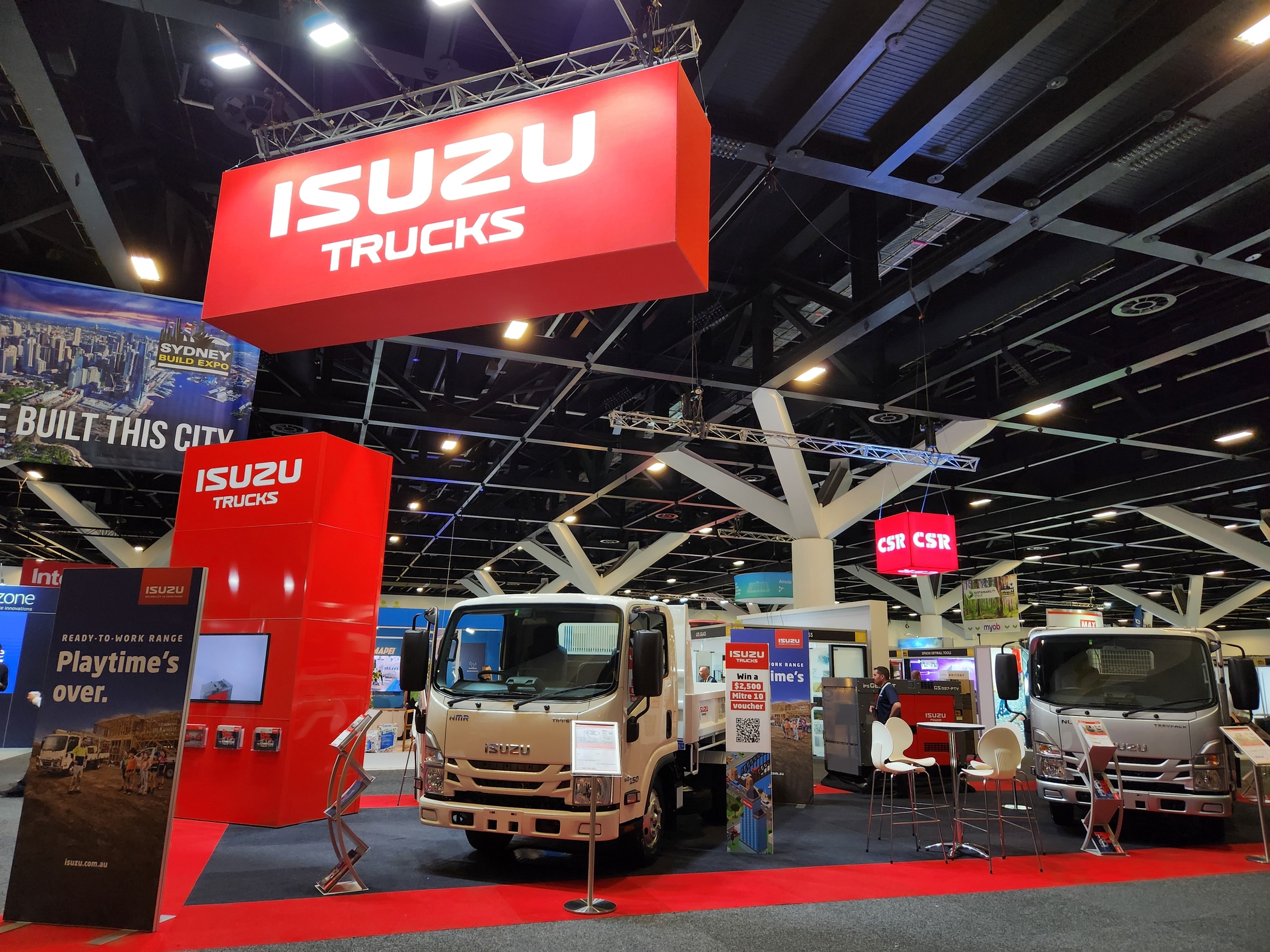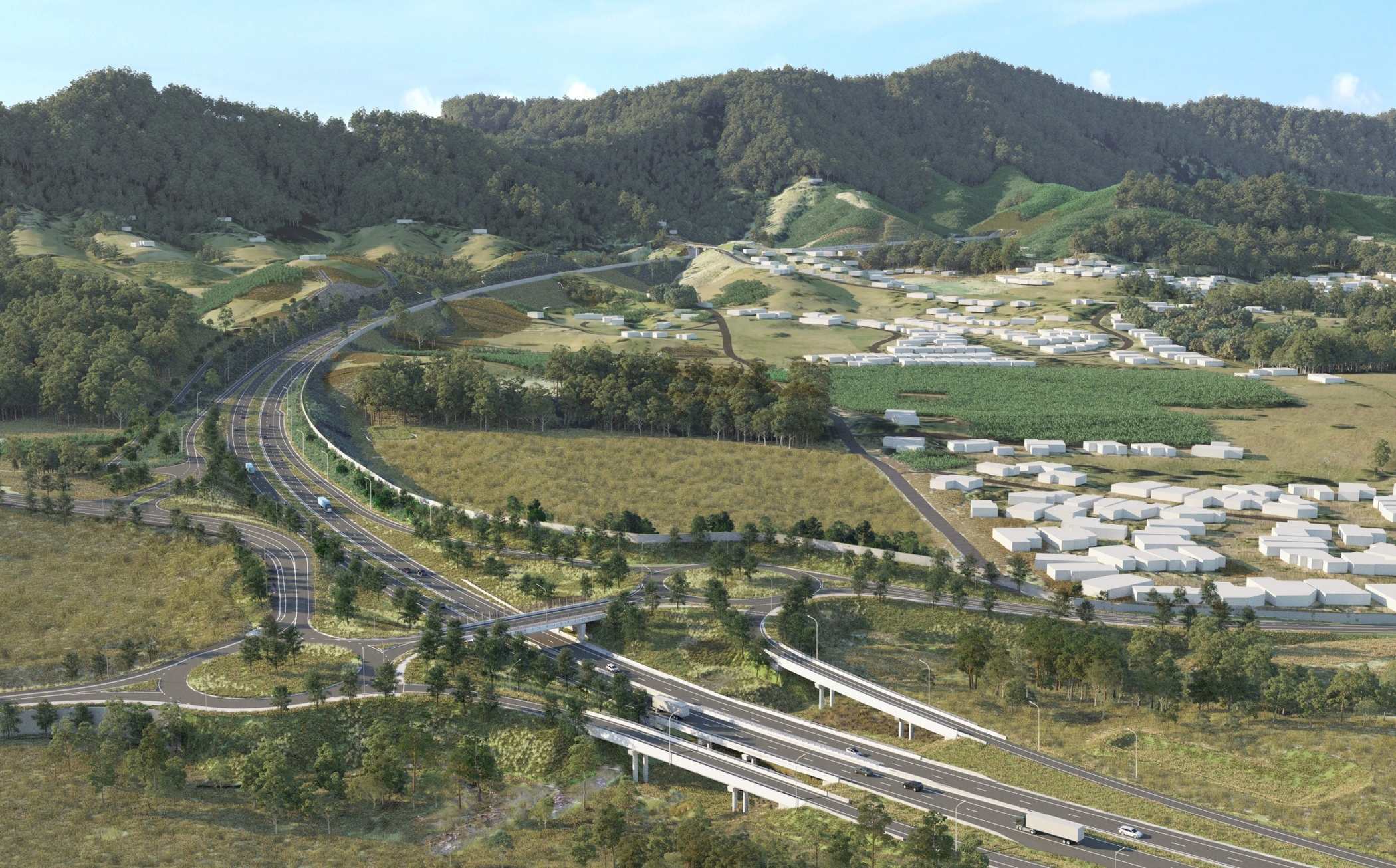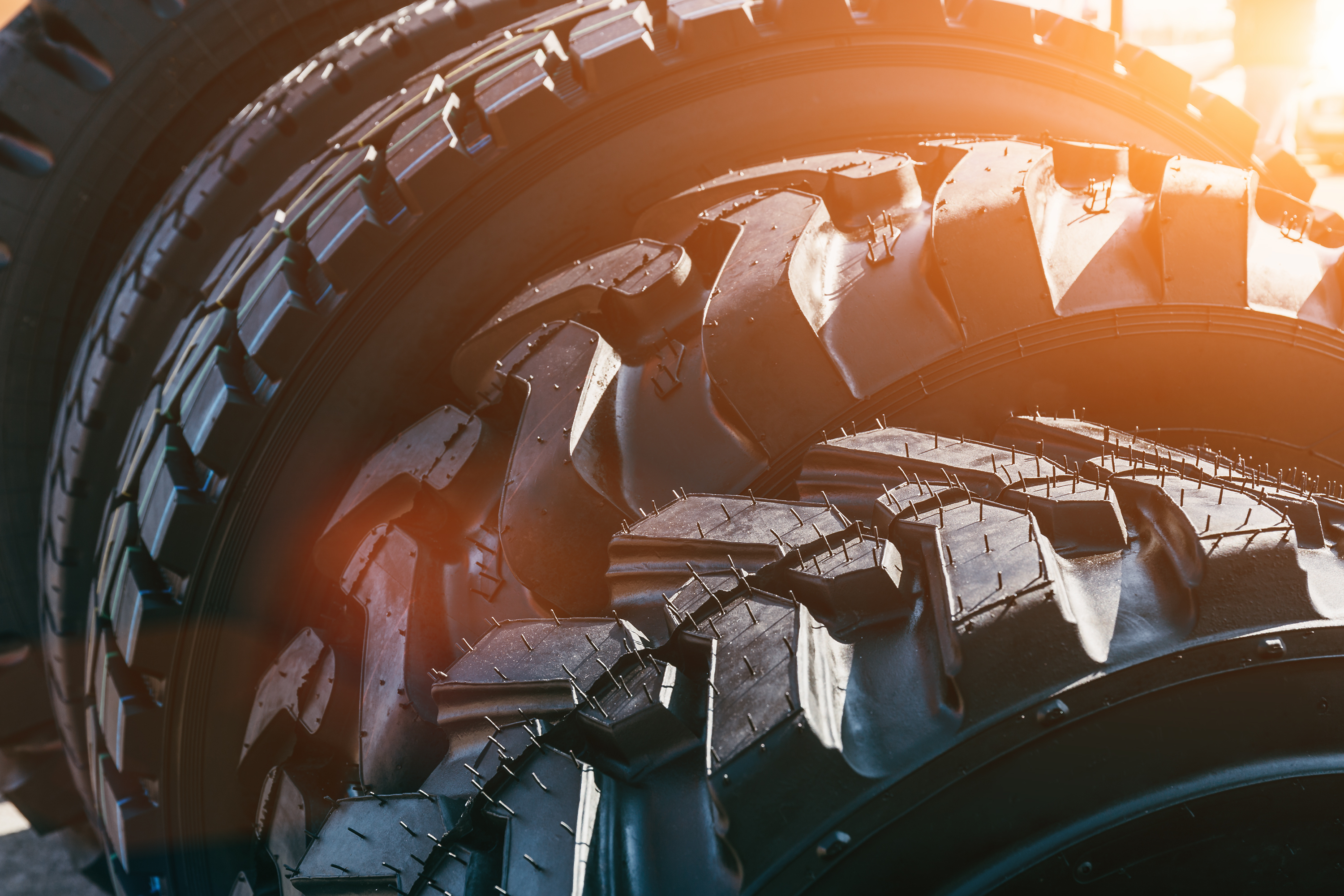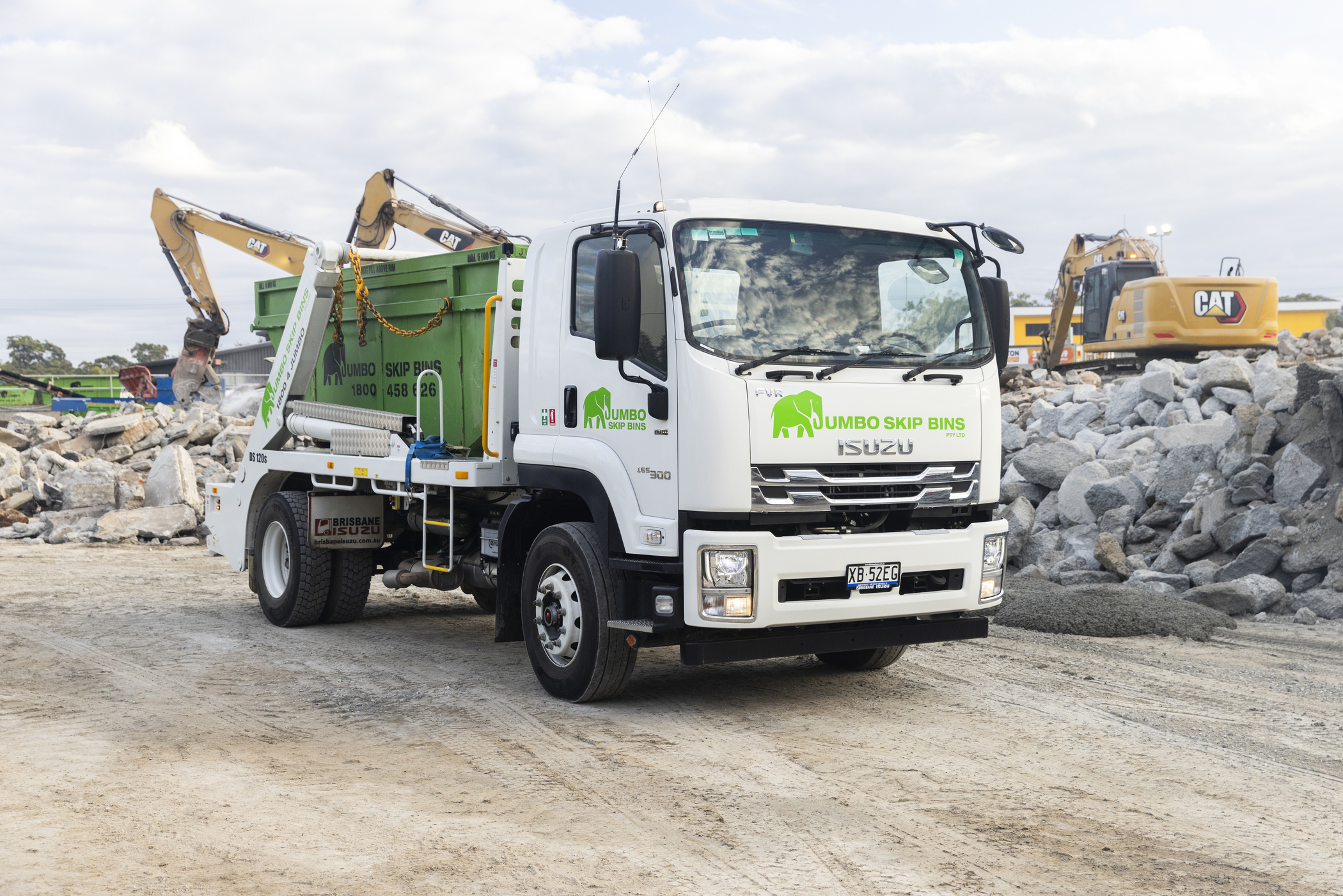CAN COMFY SEATS SAVE OBESE DRIVERS’ LIVES?
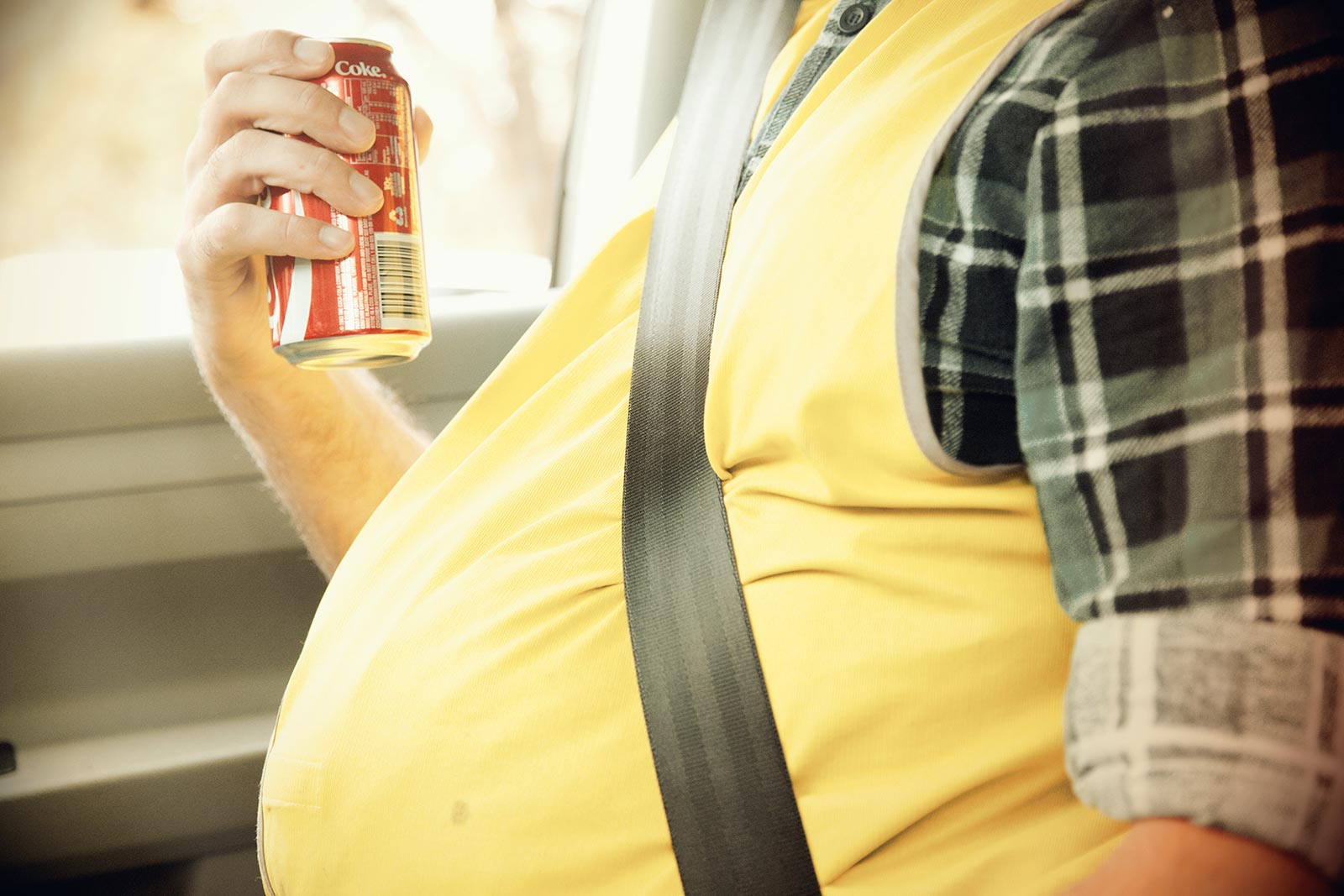
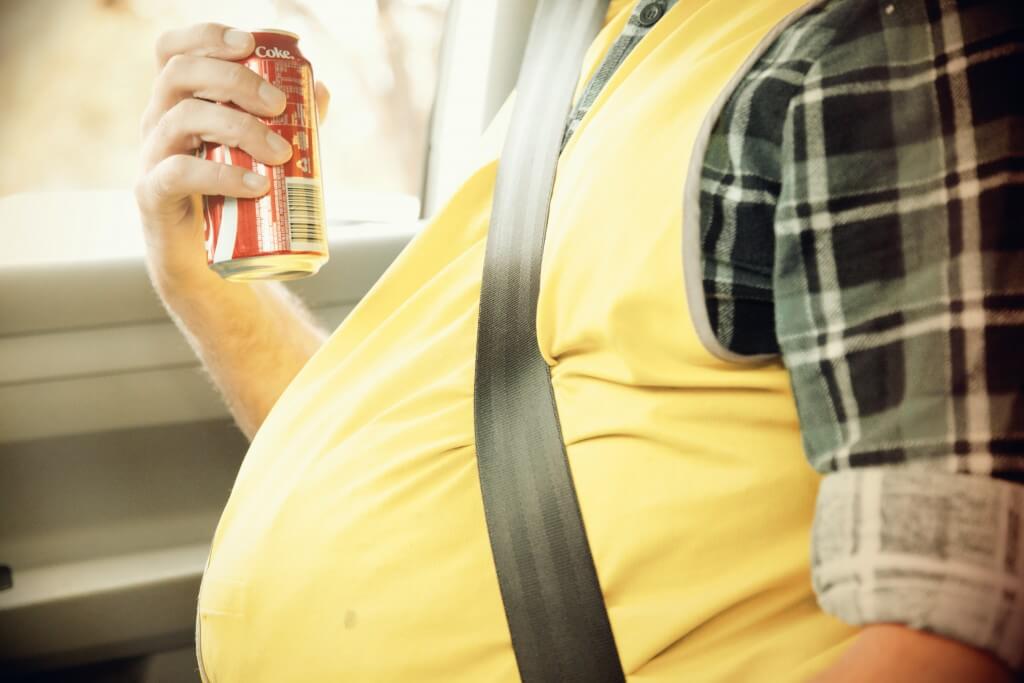 Fact. One-quarter of truck drivers in Australia don’t wear a seatbelt.
Back in 1977, when seatbelt installation was made mandatory for new vehicles with a GVM over 4.5 tonnes, the figures were even worse. Over time, and with the introduction of mandatory seatbelt use in around 2000, the numbers slowly improved, but heavy transport still fails to achieve the greater-than 90% use seen in passenger cars.
Fact. One-quarter of truck drivers in Australia don’t wear a seatbelt.
Back in 1977, when seatbelt installation was made mandatory for new vehicles with a GVM over 4.5 tonnes, the figures were even worse. Over time, and with the introduction of mandatory seatbelt use in around 2000, the numbers slowly improved, but heavy transport still fails to achieve the greater-than 90% use seen in passenger cars.
Why the difference?
Drivers have a number of reasons for not wanting to use seatbelts. Some feel seatbelts restrict their ability to use side mirrors because of the tendency for belts to lock when leaning forward to check a blind spot. Others cite the inconvenience of constantly having to fasten and unfasten belts when making deliveries, or difficulty in accessing and unlocking the belt. There is also a perception among some drivers that seatbelts can hinder the ability to escape from the cabin during or after a crash. A few even feel that by quickly “throwing themselves to the floor” drivers can better protect themselves in a collision or rollover. Perhaps the biggest reason of all though is comfort. Belts can be uncomfortable, especially if you’re overweight – and unfortunately many truck drivers are. We’re not judging. The fact is, if you’re an Australian truck driver you’re most likely male, in your 40’s or 50’s and “in the upper end of the anthropometric range of human sizes”. It’s understandable. Drivers spend most of their time sitting down and the only food available at many rest stops would make The Commando wince. Nevertheless, there is absolutely no question seatbelts save lives. One Australian study found that unrestrained truck drivers involved in a crash were more than twice as likely to have been killed as those wearing a belt. It’s also been estimated that between 27% and 77% of truck driver fatalities could have been prevented by seatbelt use.So how do we fix it?
Some have argued for the introduction of safety belt interlock systems that prevent the vehicle from starting until the belt has been fastened. Back in 1973 this was introduced as mandatory for all new vehicles in the US. Seatbelt use skyrocketed, but the public hated it. Congress rescinded the legislation a couple of years later. Seatbelt reminder systems have also been found to be effective, but can be disabled by drivers – especially those who believe seatbelts pose additional crash risks. Many businesses encourage seatbelt use as a part of a broader health and safety promotion programs. Discussing the importance of seatbelts in safety meetings, having a clear policy and running periodic driver training are some of the options. Plenty of resources to help businesses can be found online. Most of these solutions require a level of control or oversight of the driver. Why not fix the root of the problem by offering a more comfortable seat? Under Australian Design Rules, there are four allowable seatbelt configurations:- Fixed seats with belts anchored to the cabin
- Suspension seats with belts anchored to the cabin
- Fixed seats with an integrated belt
- Suspension seats with an integrated belt anchored to the seat
Suspension seats
According to the National Transport Commission (NTC, 2005), the integrated seatbelt with a suspension seat is the most comfortable option, offering comfort levels similar to or better than a car. A suspension seat with the seatbelt anchored to the cabin offers truckies the next best thing, with comfort levels on par with what you’d find in a light passenger vehicle. Suspension seats are designed to reduce vibrations over rough roads, which stops the seatbelt pulling or chafing the driver. The integrated seatbelt/suspension seat allows the driver’s position to remain constant with the seat and seatbelt, causing less friction and a more comfortable drive – and fewer reasons for not buckling up!Myth busting
Manufacturers might continue to improve the comfort and safety of seats and belts, but what can be harder to change are the ingrained attitudes surrounding seatbelt usage and safety. As a business owner you’ll need to reinforce seatbelt safety messages wherever possible and some simple myth busting might be just the ticket to getting your drivers committed to wearing seatbelts every time they get behind the wheel. A handy factsheet put out by the QLD government gets to the bottom of some of those seatbelt myths still being bandied about by Aussie drivers today: It’ll be harder to get out of the vehicle if I’m wearing a seatbelt and crash You’re at much greater risk of being knocked unconscious if you’re not wearing a belt – and that’s going to make it impossible to get yourself to safety. You’re also at risk of more serious injuries if you’re thrown from the vehicle. I’ve got airbags, I don’t need to wear a seatbelt Seatbelts will keep your body in the right position so airbags can provide the maximum safety and protection for you in the event of a crash. I’m not travelling very fast! QLD government research shows that a crash when you’re travelling at just 40 km per hour has the same force as falling from a two-storey building onto concrete and can still result in death or serious injury. Being thrown clear from my truck during is safer than remaining in the vehicle Wearing a seatbelt can spread the force of impact over stronger parts of the driver’s body and reduce the risk of hitting parts of the cabin and being knocked unconscious. If you’re wearing a seatbelt you’ll reduce your risk of serious or fatal injury by up to 50 per cent.


Playtime’s over, get $3,500* to spend on extras.
If you’re ready to get serious about tackling bigger jobs, grab yourself an NLR 45-150 AMT SWB Traypack from the Ready-to-Work range for $62,990 drive away*. And to prove we aren’t playing, buy any NLR Traypack before June 30 and you’ll get $3,500* to spend on genuine accessories or an Essentials service agreement.
Learn more
